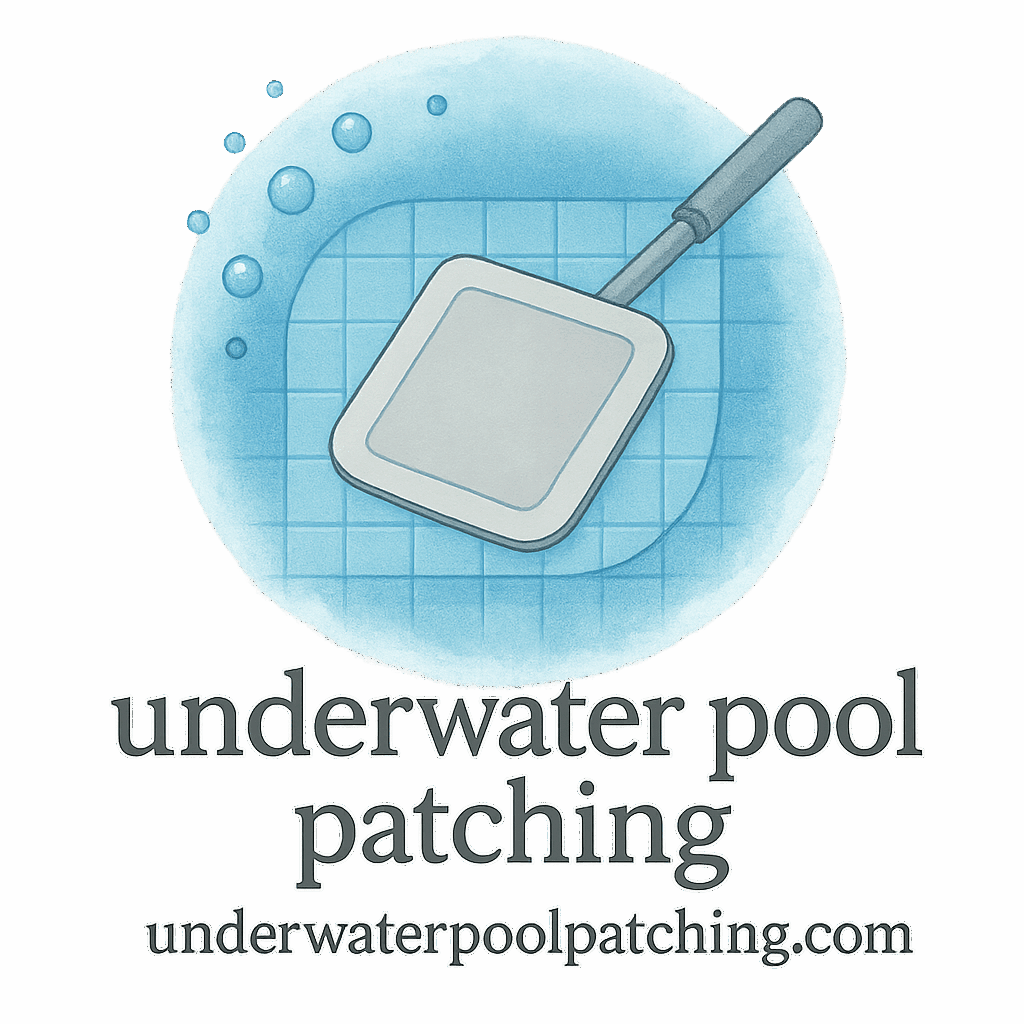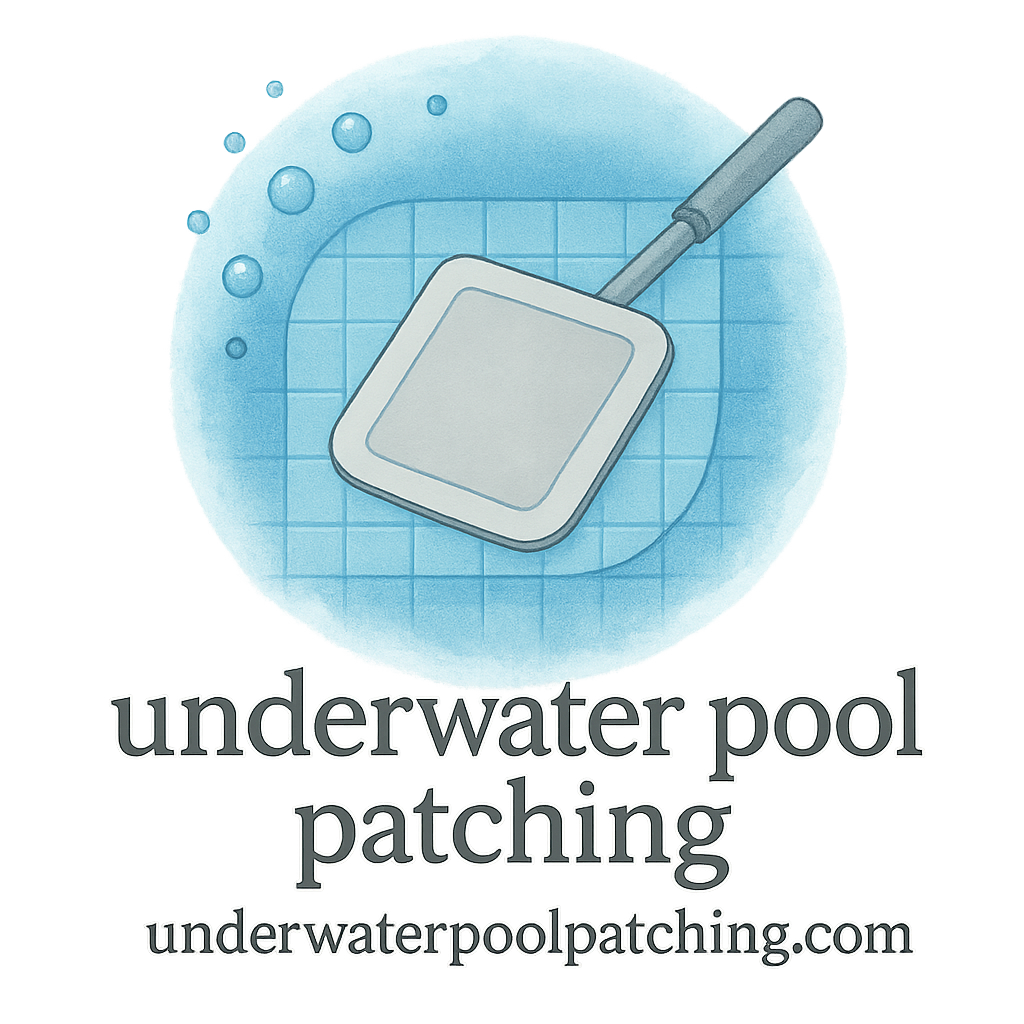Introduction: Why DIY Pool Applications Matter
Owning a pool is a luxury, but maintaining it often feels like a full-time job. Hiring professionals can get expensive, and not everyone has the budget for frequent service calls. That’s where DIY pool care comes in. With the right application tips for pools, you can patch, repair, and maintain your swimming pool without hiring costly experts. Think of it like learning to fix a leaky faucet—you save money, gain confidence, and extend the life of your pool.
Tip 1: Start with a Proper Pool Inspection
Before you grab your tools, you need to know exactly what you’re working with. A pool inspection is your first step.
Understanding the condition of your pool
Look closely at the pool’s interior surface. Do you see cracks, peeling plaster, or discoloration? These are warning signs.
For DIYers, a pool inspection and diagnosis helps you pinpoint areas that need immediate attention versus long-term fixes.
Common problems DIYers can identify
- Small leaks around the edges
- Worn-out or brittle patches
- Loose tiles or peeling finishes
Catching these early can prevent a small repair from snowballing into a full resurfacing job.
Tip 2: Choose the Right Patch Materials
Not all pool patches are created equal. Choosing the wrong material is like trying to stick a bandage on wet skin—it won’t hold.
Cement-based vs. epoxy patches
Cement-based patches are sturdy but can be tricky to apply underwater. Epoxy-based materials, however, are designed for wet environments and often provide a stronger bond.
Learn more about patch types and materials to ensure you’re using the right product.
Longevity and durability of materials
Ask yourself: do you want a quick fix or a long-term solution? Epoxy tends to last longer, while cement is usually cheaper. Balance your choice with your budget and pool’s needs.
Tip 3: Don’t Skip Leak Detection
Even the best patch won’t help if your pool has hidden leaks.
Signs of hidden leaks
- Pool water level drops more than ¼ inch per day
- Soggy spots around the pool deck
- Higher-than-usual water bills
These are strong indicators of leaks that need attention.
Simple DIY pressure test methods
Doing a pressure test helps confirm leaks. You don’t need pro-level equipment—DIY kits are affordable and easy to use.
For in-depth guides, see leak detection tips.

Tip 4: Work with Clean and Dry Surfaces
A patch will only hold if it bonds correctly. That means no algae, dirt, or loose particles.
Why surface prep is half the job
Scrub the area clean. If you’re working above water, dry it thoroughly. Underwater? Use a stiff brush to remove debris. Think of it like painting—you’d never paint over dust and expect a smooth wall.
Tip 5: Apply Patches Underwater the Right Way
Yes, you can patch your pool without draining it. But it takes some technique.
Using underwater patching techniques
Special underwater patching materials allow you to fix cracks while submerged. Press firmly to force out air bubbles and ensure strong adhesion.
Avoiding common underwater mistakes
- Don’t rush—hold the patch in place for a few minutes.
- Avoid patching in cold water (materials cure better in warmth).
Tip 6: Layering for Stronger Repairs
One thick glob of patching material isn’t always stronger.
Thin vs. thick patch applications
Apply in layers instead. Think of it like baking a cake—you build strength layer by layer rather than dumping all the batter at once.
For detailed techniques, check patch repair methods.
Tip 7: Smooth Edges and Finishes
A ragged patch edge is like a loose shoelace—it catches on things and eventually fails.
How to avoid patch peeling
Use a trowel or even your gloved hand to smooth edges. A good edge finish ensures water flow doesn’t erode the patch over time.
Tip 8: Budgeting and Cost-Saving Tricks
DIY isn’t just about pride—it’s about saving money.
Estimating costs before DIY patching
Get a ballpark figure by reviewing your materials list. Check cost budgeting for detailed breakdowns.
Where you can save money
- Buy bulk patch kits
- Reuse brushes and tools
- Learn money-saving tricks from pool forums and guides
Also, see budget-friendly tips.
Tip 9: Apply Sealants for Extra Protection
After patching, sealants add a waterproof layer—like putting a raincoat over your clothes.
Epoxy sealants vs. liquid rubber
Epoxy sealants provide strong, long-lasting protection. Liquid rubber is flexible and easier for beginners. Both options extend patch life.
Tip 10: Don’t Forget Routine Checks
One patch isn’t a forever fix. Routine inspections keep your pool healthy.
How often to inspect your pool
At least once per season, do a full routine check. Look for wear around previously patched spots.
You can also subscribe to maintenance plan tips to stay consistent.
Tip 11: Preventive Maintenance Saves Headaches
The best repair is the one you don’t need to make.
Creating a seasonal maintenance plan
Build a checklist for each season. Clean, inspect, and repair small issues before they grow. More advice here: maintenance prevention.
Safety Precautions Every DIYer Should Follow
- Always wear gloves and goggles
- Never patch near live electrical components
- Avoid using chemical products without ventilation
Common Mistakes DIYers Make (and How to Avoid Them)
- Applying patches on dirty surfaces
- Using the wrong material for the job
- Skipping sealants
- Overlooking routine inspections
Avoiding these ensures your hard work pays off.
When It’s Time to Call the Pros
DIY saves money, but some jobs are just too big. Major cracks, structural damage, or recurring leaks might need professional restoration. See restoration options if DIY doesn’t cut it.
Conclusion
DIY pool care doesn’t have to be intimidating. With these application tips for pools, you’ll save money, extend your pool’s life, and gain the satisfaction of fixing things yourself. Whether you’re patching cracks, sealing leaks, or doing seasonal inspections, a little knowledge goes a long way. Remember—prevention is cheaper than repair, and consistency keeps your pool looking brand new.
FAQs
1. Can I patch my pool without draining it?
Yes! Specialized underwater patching materials are designed for wet application.
2. How long does a DIY patch last?
Depending on the material, it can last anywhere from a season to several years.
3. What’s the cheapest patching material?
Cement-based patches are usually the most affordable, but epoxy lasts longer.
4. How do I know if my pool has a leak?
Watch for dropping water levels, soggy ground, or rising water bills.
5. Should I use sealant after patching?
Absolutely—sealants add a protective layer that extends patch life.
6. How often should I inspect my pool for damage?
Do a full inspection every season and spot checks monthly.
7. When is it better to hire a professional?
If you see large cracks, structural issues, or leaks you can’t locate, it’s time to call the pros.


